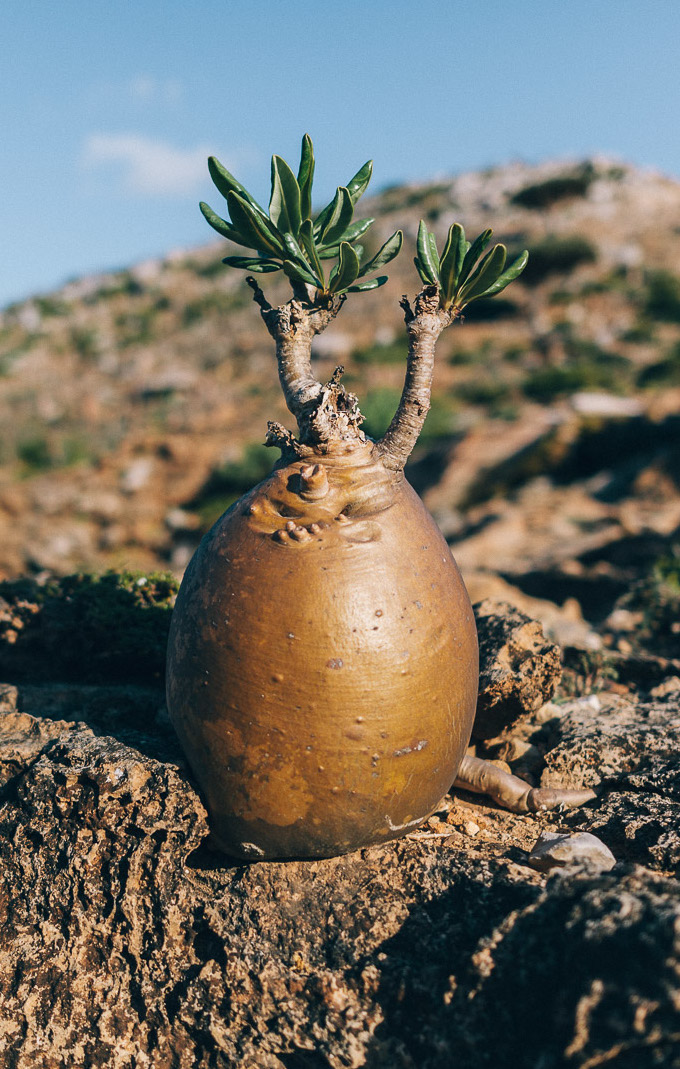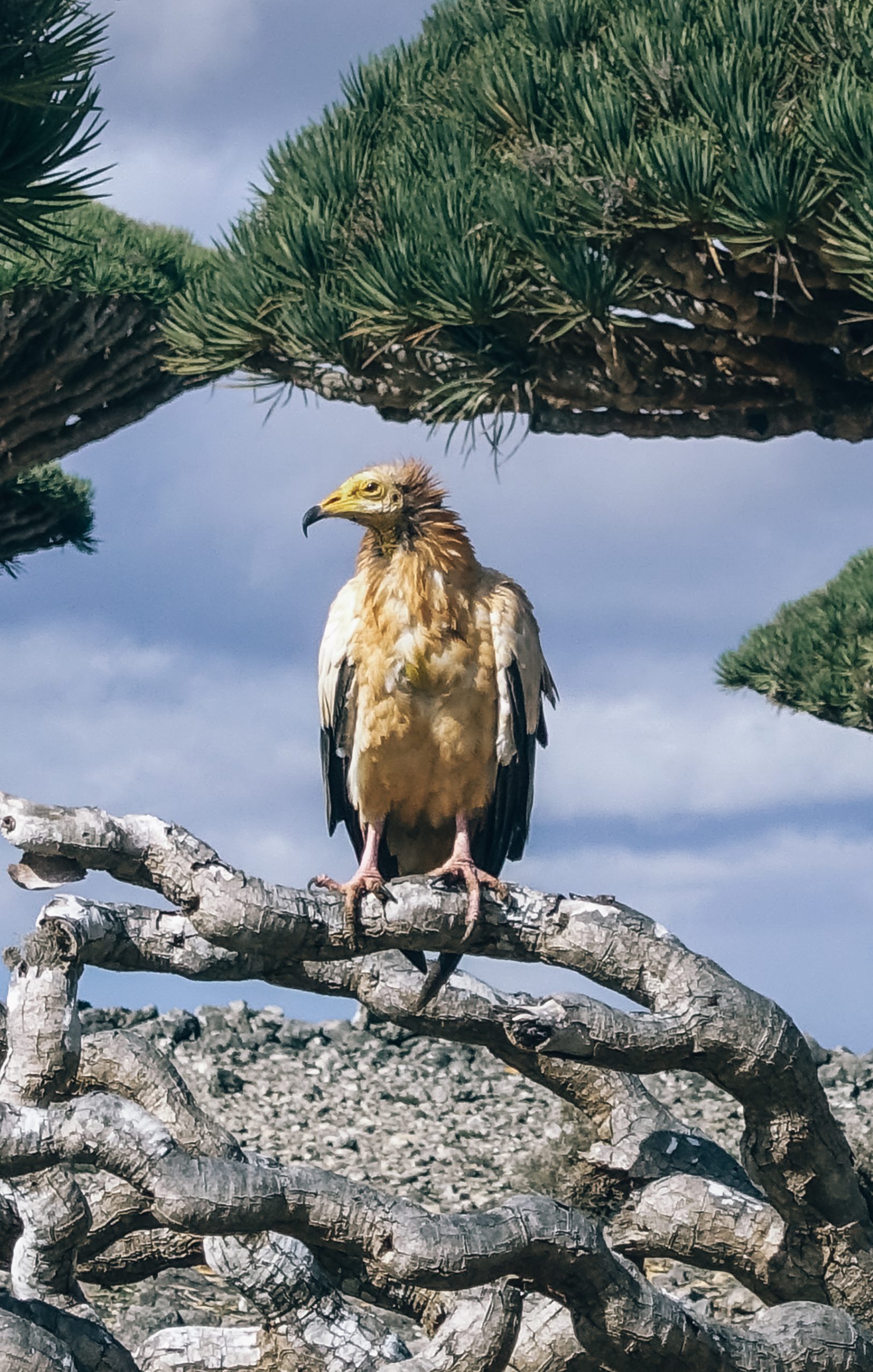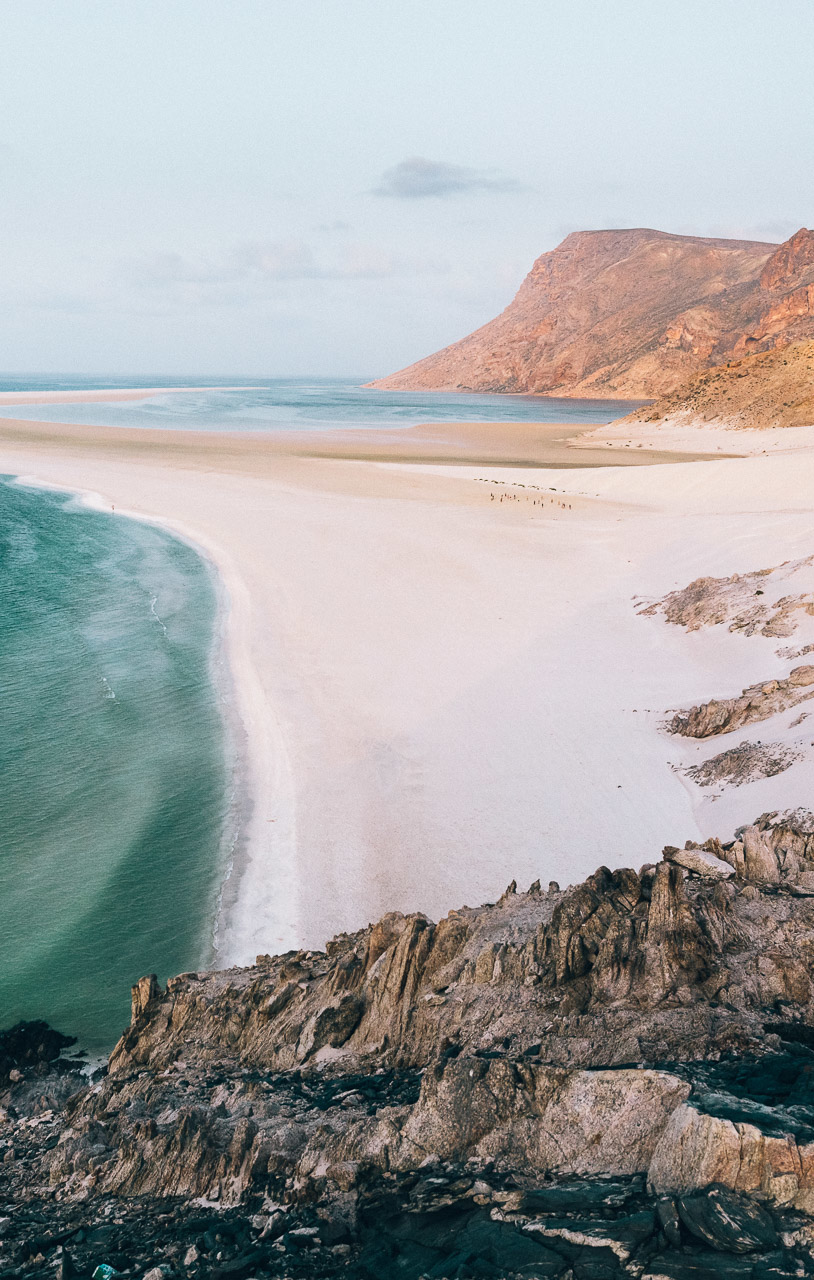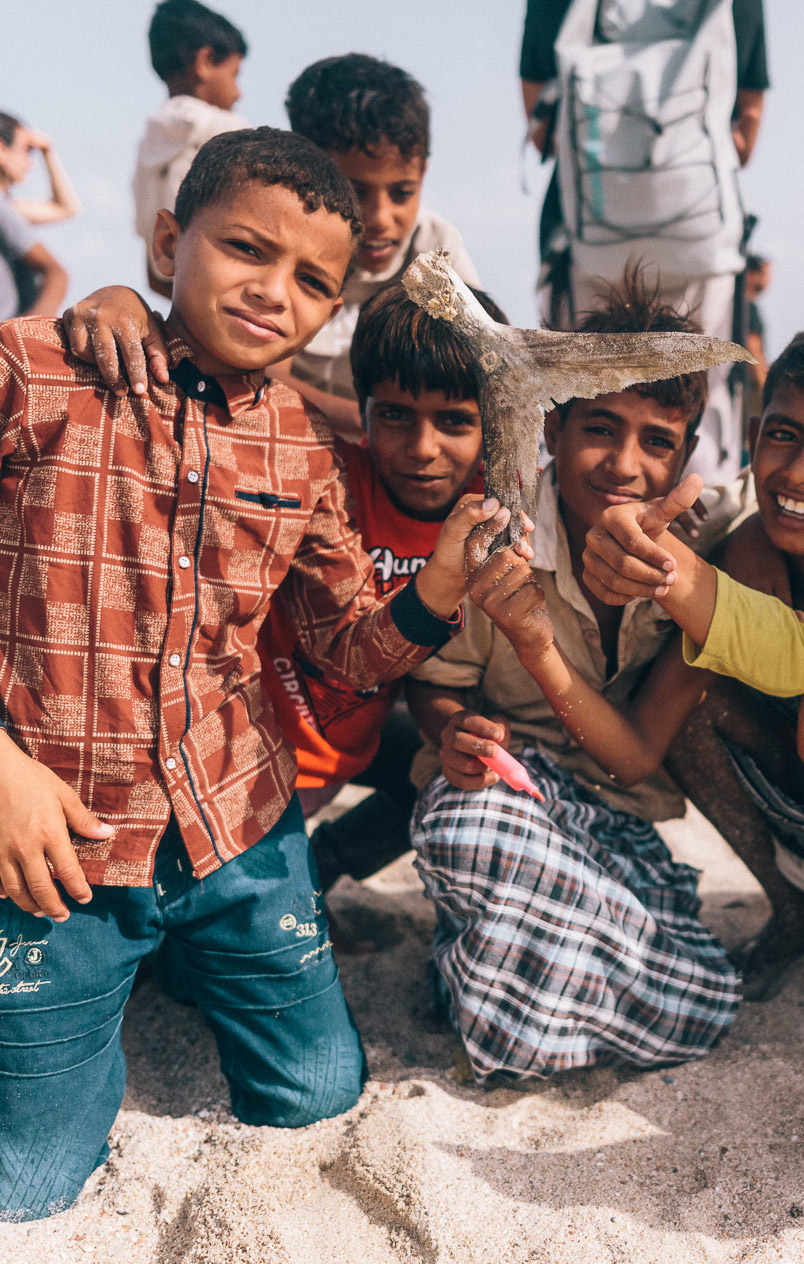The Socotra Archipelago in Yemen has long been a land of mystery.
Over the centuries travellers returned from the Indian Ocean isles with bizarre tales – of trees yielding dragon’s blood and cucumbers, forest of frankincense, and towering pinnacles in the mist. Now a fuller picture has emerged of the four semi-desert islands, portraying a rich and unique flora and fauna with over a third of plants found nowhere else in the world, a diverse landscape of plateau, plain and mountain, all safeguarded by a people living sustainably in a challenging environment”.
Socotra is one of the most isolated landforms on Earth of continental origin, meaning it is non-volcanic but a fragment of the ancient southern supercontinent of Gondwana.
The Socotra Archipelago lies in the Indian Ocean between the Arabian Peninsula and the Horn of Africa being located some 240km east of Cap Guardafui (Somalia) and some 380km south of Ras Fartak, (Al Mahrah, Yemen).
Along with its neighbouring islands: Abd Al-Kuri, Samha and Darsa, it forms the Socotra Archipelago: one of the most bothanically diverse island groups in the world.
Socotra is globally important for biodiversity conservation because of its exceptionally rich and distinct flora and fauna. It is home to 825 plant species of which 308 (37%) are endemic. These species are found nowhere else on Earth.
UNESCO designated Socotra as a World Heritage Site in 2008.
It’s no wonder why Socotra is often called “Galapagos of the Indian Ocean”.
The island measures approximately 132km long and 49km wide with a total area of 3796 sq. kms. Topographically it can be divided into three main zones: the coastal plains, a limestone plateau and the Hagghier mountains.
It has a semi-desert climate with average temperature over 25 degrees.
Yearly rainfall is light, with the higher inland areas generally receiving more rain than the coastal lowlands, due to orographic lift provided by the interior mountains.
The June to September monsoon season is characterized by exceedingly strong winds and high seas. During this time the island has historically been cut off from the rest of the world, only recently becoming being accessible by plane year round.
During the monsoon fishing becomes impossible and many people move from the northern coast to the mountains to escape the winds and harvest date palms.
For centuries Gujarati sailors (Indian) have called the maritime route near Socotra “Sikotro sinh” meaning the lion of Socotra that constantly roars, referring to the high seas.
Since ancient times Socotra has been world renowned for its healing and aromatic resins, endemic plants gums, the world’s best aloe, amber, musk, pearls as well as for the central role it has played in Arabian Sea shipping industry.
As far back as 2400 B.C. Socotra supplied a great deal of not only frankincense, myrrh and aloe but also Dragon‘s Blood resin which, according to the legend, was rubbed in by gladiators before combat to speed up the healing of their wounds.
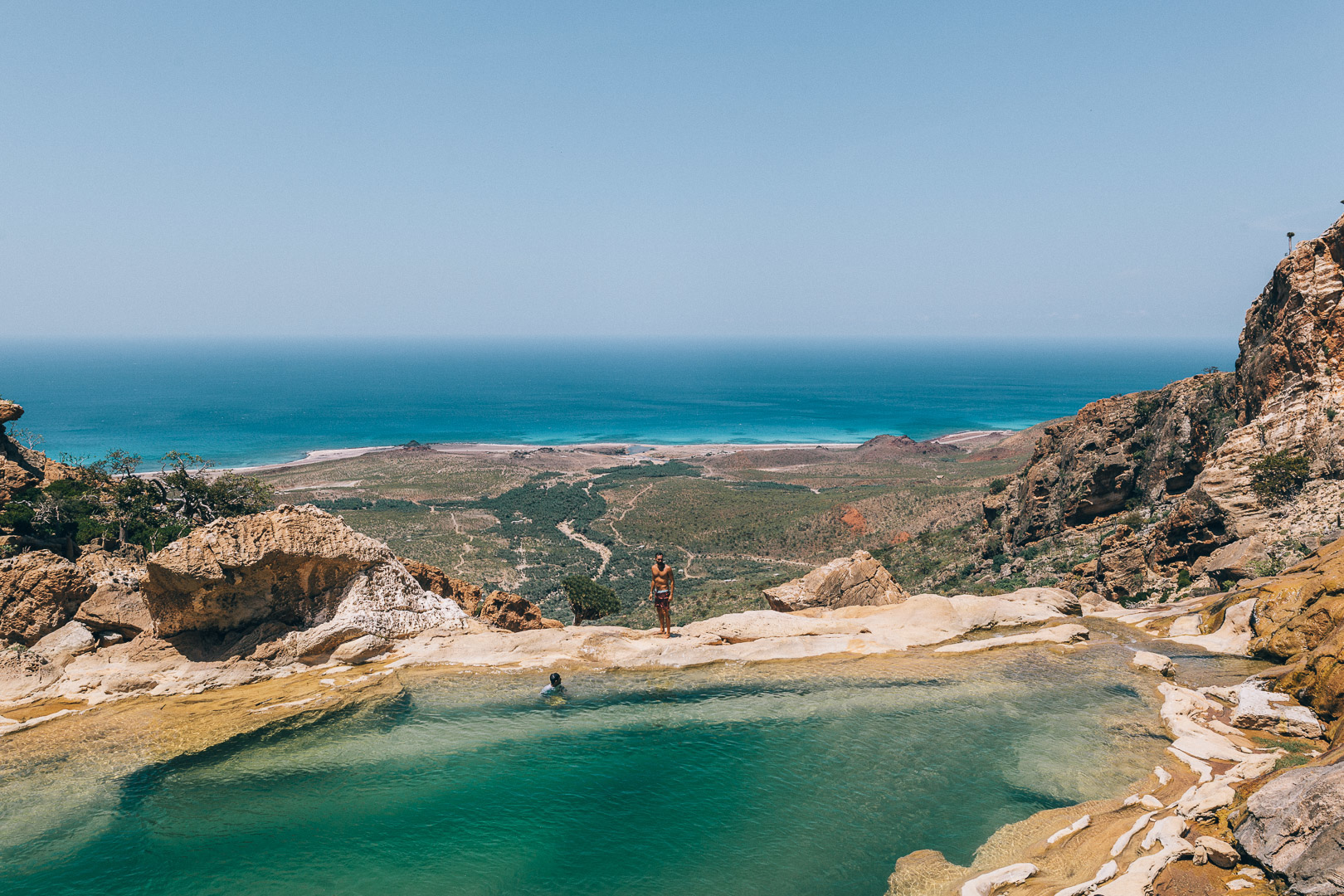
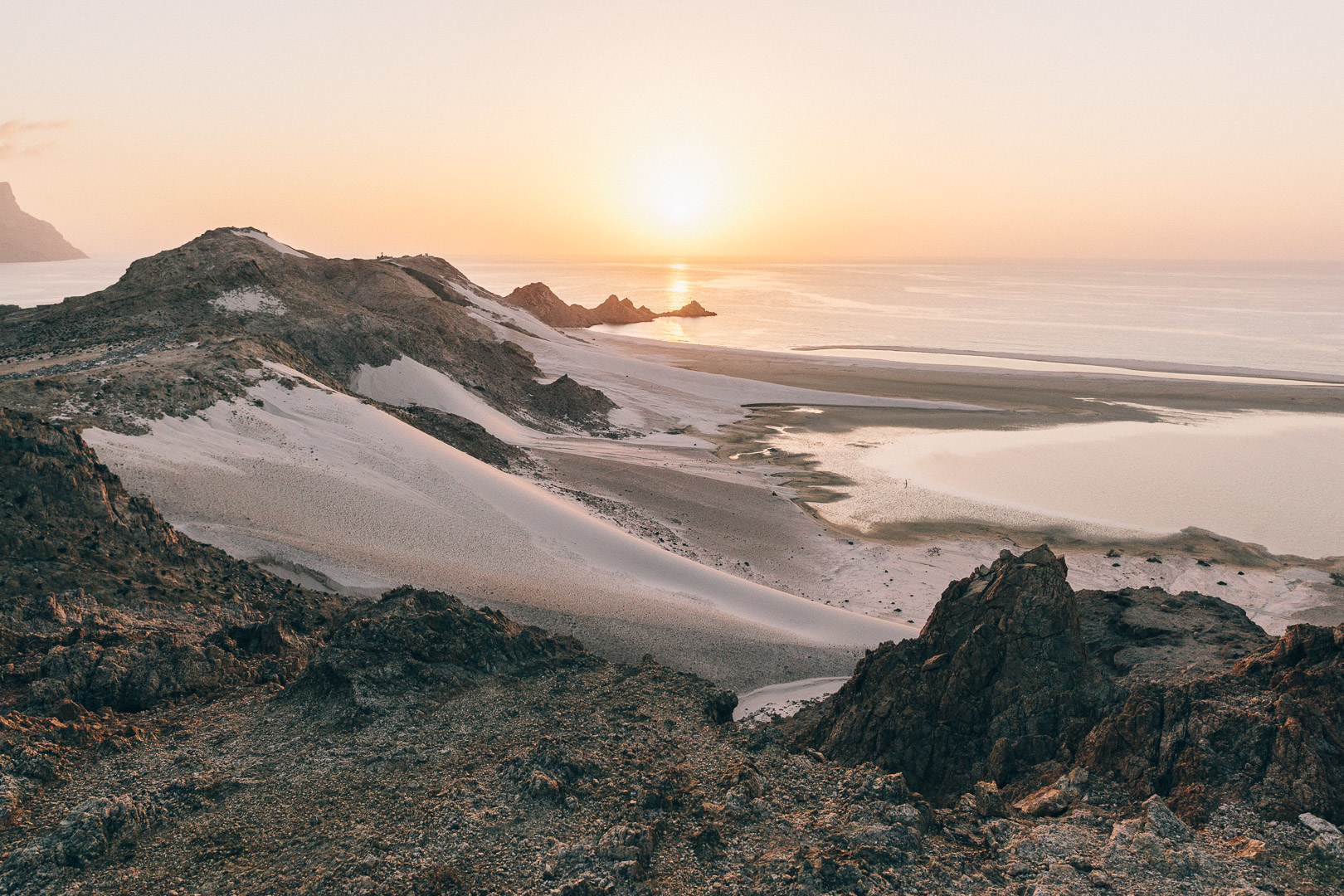
A land of incense and myrrh, and of miracle aloes that would heal the Greeks and Romans in times of war, Socotra was also a place for sorcerers, genies and monsters. Myths and legends proliferate. From Plato to Marco Polo who stated that its sorcerers were the most powerful in the world. There lived flying snakes, it was believed that its mountains hid a Phoenix nest and the equally fantastic Roc bird, the huge bird described by Sinbad the Sailor.
The origin of the word ‘Socotra’ remains a mystery with numerous stories existing, all with their own supporters. Many believe that it comes from the Sanskrit term ‘dvipa sukhadhara’ literally translating to ‘the island of bliss’.
Another possible origin of the name is the arabic ‘souk’ meaning market and ‘qotra’ meaning drop referring to the dripping frankincense.
The Ancient Greeks called it Dioscorida as mentioned in the ‘Peryplus of the Erythrean sea’, a first century greek navigation manual. Dioscorida means the island devoted to Dioskuri (Castor and Pollux), the protectors of seamen and sailors in greek mythology. The book says that the island is : “very large but desert and marshy, having rivers in it and crocodiles and many snakes and great lizards”.
Those beasts might be gone but the island remains a jewel of biodiversity in the Arabian Sea, with the United Nations Development Program (UNDP) designating it as one of the Top5 globally important islands in the world in terms of biodiversity and wildlife conservation.
